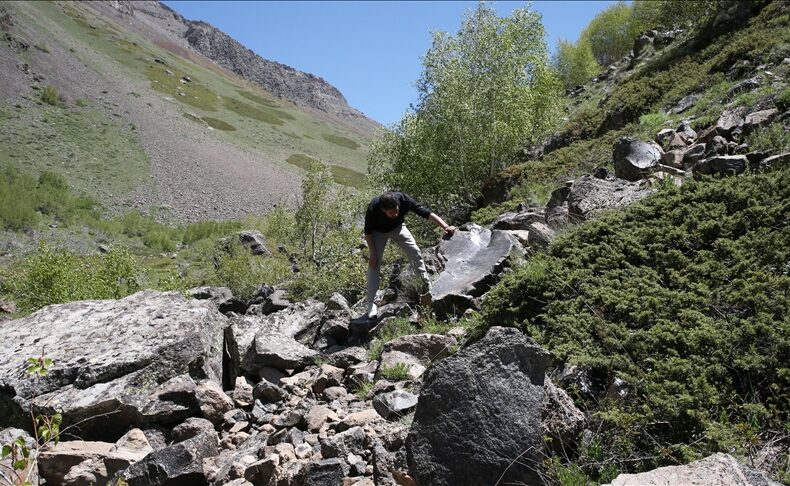
Tracing the Millennia-Long Journey of Obsidian from Bitlis to the Levant
A new archaeological project led by Bitlis Eren University (BEU) aims to uncover the ancient trade and cultural pathways that carried obsidian from the volcanic mountains of Bitlis, Türkiye, to the heart of the Middle East thousands of years ago.
Obsidian, a naturally occurring volcanic glass, was a prized material in the Neolithic era, used for crafting tools and ornaments. Recent scientific analyses have confirmed that many obsidian artifacts found at excavation sites in the Levant — including Lebanon, Palestine, and Jordan — originate from the Nemrut and Süphan Mountains in eastern Türkiye.
A 17,000-Year-Old Network of Trade and Cultural Exchange
Associate Professor Yunus Çiftçi, the project lead, explained that the research will investigate how obsidian was transported from Bitlis to the Levant, how long the journeys took, and the purposes for which the material was used. Preliminary findings indicate that long-distance exchange networks existed as far back as 17,000 years ago.
📣 Our WhatsApp channel is now LIVE! Stay up-to-date with the latest news and updates, just click here to follow us on WhatsApp and never miss a thing!!
“Obsidian from Bitlis has been identified at major prehistoric sites such as Göbekli Tepe, Boncuklu Tarla, and Körtik Tepe,” Çiftçi said. “These stones were fashioned into spearheads, arrowheads, knives, and decorative items by early human communities.”
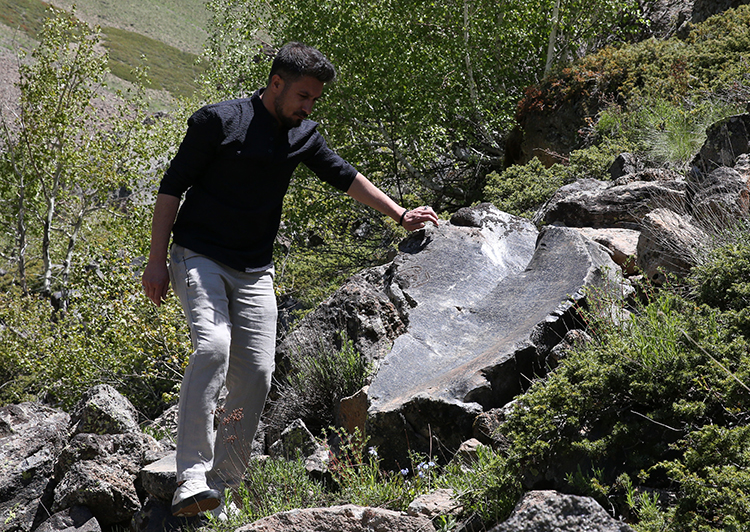
Bitlis: A Prehistoric Hub of Global Significance
The study highlights Bitlis not only as a local source of obsidian but also as a center of international importance in prehistoric times. Due to its exceptional sharpness and quality, obsidian was one of the most valued raw materials of the ancient world.
Understanding the logistics of its movement is one of the key objectives of the research. “We want to determine whether the obsidian was processed in Bitlis before transport, whether it was shaped into smaller tools to ease mobility, and how it eventually reached the Levant,” Çiftçi explained.
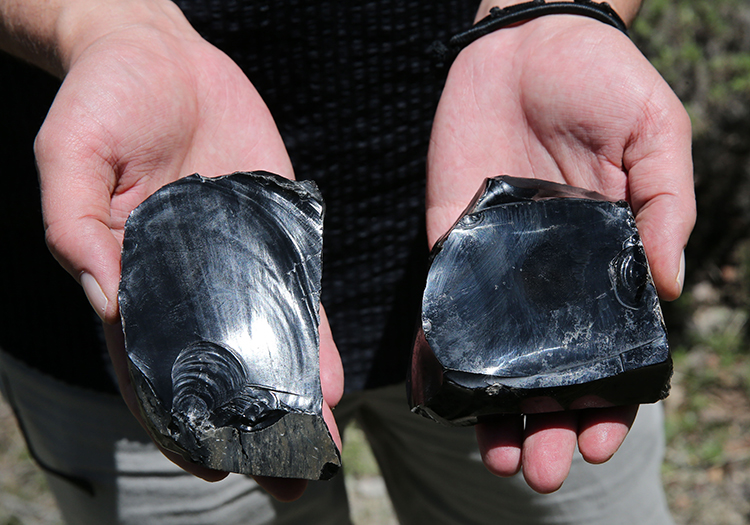
Fieldwork Begins in September
Supported by the Turkish Ministry of Culture and Tourism, the project is set to run for three years. Initial field surveys will focus on the Nemrut and Süphan regions, mapping potential obsidian quarries, ancient trade routes, and prehistoric settlements.
The fieldwork, which begins in September, is expected to shed new light on the prehistoric significance of Bitlis and enhance international recognition of the region’s rich archaeological and cultural heritage.
Cover Image Credit: Şener Toktaş/AA
You may also like
- A 1700-year-old statue of Pan unearthed during the excavations at Polyeuktos in İstanbul
- The granary was found in the ancient city of Sebaste, founded by the first Roman emperor Augustus
- Donalar Kale Kapı Rock Tomb or Donalar Rock Tomb
- Theater emerges as works continue in ancient city of Perinthos
- Urartian King Argishti’s bronze shield revealed the name of an unknown country
- The religious center of Lycia, the ancient city of Letoon
- Who were the Luwians?
- A new study brings a fresh perspective on the Anatolian origin of the Indo-European languages
- Perhaps the oldest thermal treatment center in the world, which has been in continuous use for 2000 years -Basilica Therma Roman Bath or King’s Daughter-
- The largest synagogue of the ancient world, located in the ancient city of Sardis, is being restored

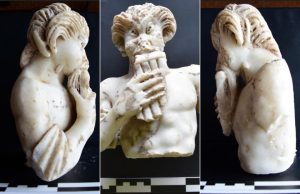
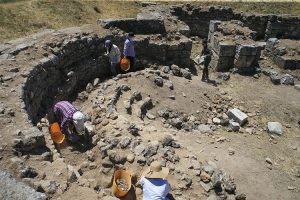
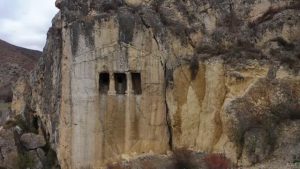
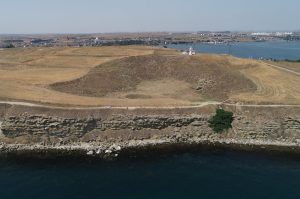
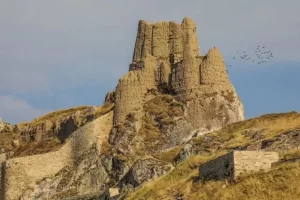
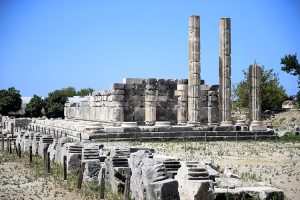


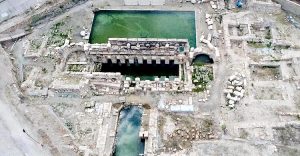
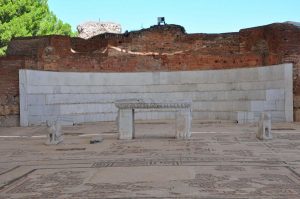
Leave a Reply